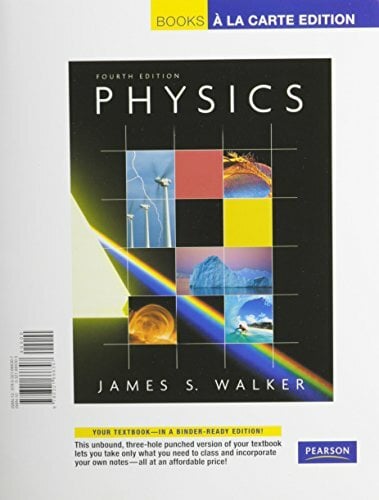
Radiative Transfer
Kurzinformation
inkl. MwSt. Versandinformationen
Artikel zZt. nicht lieferbar
Artikel zZt. nicht lieferbar

Beschreibung
Foundation for analysis of stellar atmospheres, planetary illumination, sky radiation; physical interest for problems analogous to diffusion of neutrons. von Chandrasekhar, Subrahmanyan
Produktdetails

So garantieren wir Dir zu jeder Zeit Premiumqualität.
Über den Autor
Indian-born astrophysicist S. Chandrasekhar (1910-95) was a Professor of Physics at the University of Chicago and a co-recipient of the 1983 Nobel Prize for Physics. NASA's Chandra X-Ray Observatory is named for him (chandra also means "moon" or "luminous" in Sanskrit). Subrahmanyan Chandrasekhar: A Shining Star The great Indian astrophysicist Subrahmanyan Chandrasekhar (1910-1995), recipient of the Nobel Prize in Physics in 1983 for his work on the later evolutionary stages of massive stars, was not only the author of several books reprinted by Dover over many years, but a frequent and highly valued reviewer of titles in his field during the 1970s and 1980s. Chandrasekhar's books, published by Dover, are: An Introduction to the Theory of Stellar Structure, 1967; Hydrodynamic and Hydromagnetic Stability, 1981; Principles of Stellar Dynamics, 2005; Ellipsoidal Figures of Equilibrium, 1987; and Radiative Transfer, 1960. For those concerned with the distant future ― the really distant future ― Chandrasekhar's name will always be associated with the Chandrasekhar Limit, the figure of 1.44 solar masses, the minimal mass above which a dying star will collapse into a black hole following a supernova. People on Earth need not be bothered anticipating such drama: for us, when the sun dies, the lights will just go out. In astrophysical terms, our sun will at that point be a stable white dwarf. Critical Acclaim for Subrahmanyan Chandrasekhar: "Any new fact or insight that I may have found has not seemed to me as a 'discovery' of mine, but rather something that had always been there and that I had chanced to pick up. I discovered true mathematical elegance from Subrahmanyan Chandrasekhar." ― Carl Sagan

- paperback
- 680 Seiten
- Erschienen 2010
- Wiley-VCH

- paperback
- 388 Seiten
- Erschienen 2011
- Lippincott Williams and Wil...

- Gebunden
- 544 Seiten
- Erschienen 2010
- Springer

- Gebunden
- 320 Seiten
- Erschienen 2014
- Wiley-VCH

- hardcover
- 288 Seiten
- Erschienen 2022
- Springer

- hardcover
- 467 Seiten
- Erschienen 1977
- Springer

- hardcover
- 324 Seiten
- Erschienen 2023
- CRC Press

- Gebunden
- 372 Seiten
- Erschienen 2009
- Wiley-VCH





































